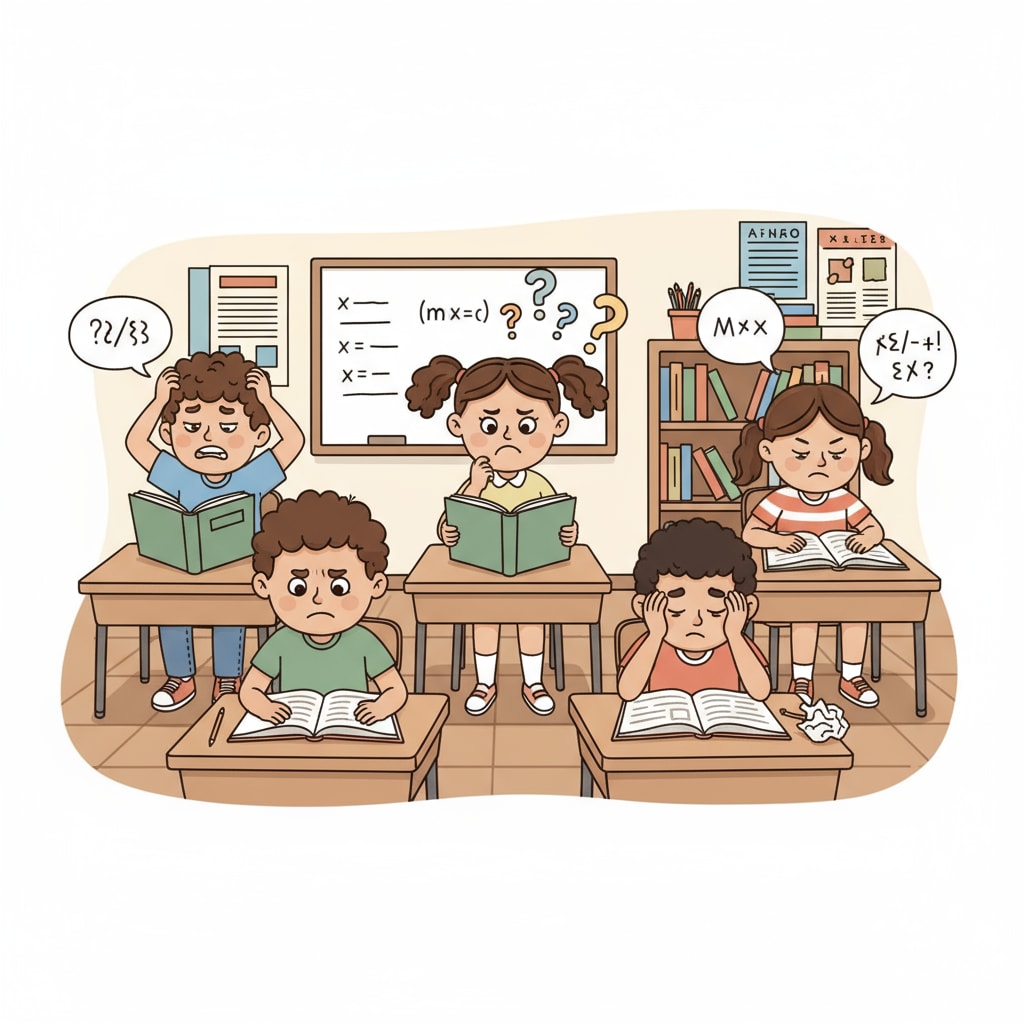The literacy rate, democracy, and reading ability are intricately linked, and the current decline in the literacy rate among K12 students is a cause for great concern. This decline is not just an educational issue but has far-reaching implications for the very fabric of democratic societies.

The Correlation between Literacy and Democratic Participation
Literacy is the cornerstone of an informed citizenry. In a democratic society, citizens need to be able to read and understand complex information, from policy documents to news articles. When the literacy rate drops, people are less equipped to engage in meaningful political discussions, make informed voting decisions, and hold their leaders accountable. For example, a citizen with poor reading skills may not fully comprehend the implications of a new law proposal, thus unable to voice their opinion effectively. According to Wikipedia’s Literacy page, high literacy rates have historically been associated with more active democratic participation.
The Role of Reading Ability in a Democratic Society
Reading ability is crucial for critical thinking, which is essential in a democratic environment. It allows individuals to analyze different viewpoints, question authority, and form their own opinions. With a decline in reading ability, people are more likely to accept information at face value, making them vulnerable to misinformation and manipulation. A study on democracy on Britannica emphasizes that an educated and literate population is a safeguard against the erosion of democratic values.

In addition to political participation, literacy also impacts social cohesion in a democratic society. When people can read and communicate effectively, they are better able to understand and respect different cultures and perspectives. This promotes harmony and cooperation among diverse groups, which is fundamental to the success of a democracy.
Readability guidance: As we can see, the points above highlight the strong connection between literacy, reading ability, and democracy. By using short paragraphs and clear explanations, we aim to make this complex topic more accessible. Transition words like ‘for example’ and ‘in addition’ help to make the flow of ideas more coherent.


